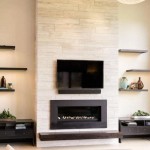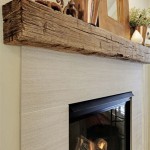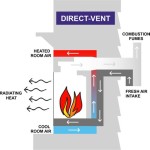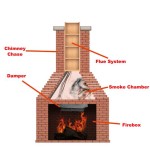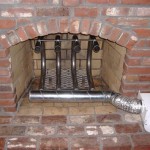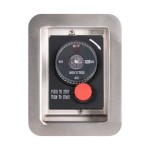Essential Aspects of Choosing the Best Wood for Your Fireplace
Indulging in the warmth and ambiance of a fireplace is a cherished winter tradition. However, selecting the right firewood is paramount to maximize efficiency, minimize smoke, and ensure a clean and enjoyable experience. Consider the following key factors when choosing the best wood for your fireplace:
1. Moisture Level
Seasoned firewood with a moisture content below 20% burns more efficiently and produces less smoke. Unseasoned wood contains excess moisture, which can lead to spitting, popping, and a buildup of creosote – a flammable substance that can pose a safety hazard. Allow wood to season for at least six months, preferably outdoors under a cover to protect it from the elements.
2. Wood Type
Different types of wood burn with varying characteristics. Hardwood, such as oak, maple, and birch, burns slowly and steadily, providing prolonged heat. Softwood, including pine, fir, and spruce, ignites quickly and burns faster, producing a brighter flame. Softwood is suitable for starting fires or creating a quick burst of heat.
3. Density
Wood density influences burning time and heat output. Dense hardwoods like oak and hickory burn for longer, while less dense softwoods burn quickly. Choose a mix of wood types to balance burn time and heat intensity.
4. Splitting Size
The size of the firewood pieces affects the fire's behavior. Split wood into consistent, manageable pieces, typically 16-18 inches in length and 4-6 inches in diameter. Avoid using oversized logs that can block airflow and produce excessive smoke.
5. Stacking
Proper stacking techniques optimize airflow and promote efficient combustion. Stack wood loosely in a crisscross pattern, leaving space between pieces to allow oxygen to circulate. Avoid packing wood tightly, as this can restrict airflow and create smoke.
6. Avoid Unwanted Materials
Refrain from burning treated wood, painted wood, or driftwood. These materials emit toxic fumes that can damage your fireplace, harm your health, and contribute to pollution. Stick to natural, untreated firewood.
Bonus Tips

Best And Worst Woods For Fireplaces

The Best And Worst Types Of Wood For Burning In Fireplace Bob Vila

What Is The Best Wood For Fireplace Comfort All Winter Long

The Best Kinds Of Wood For Indoor Fireplaces And A Few To Never Burn Indoors Manual

The Best Wood Burning Fireplace Inserts Or Stoves Ecohome

A Guide To Choosing The Best Indoor Fireplace Increase Comfort

What S The Best Wood To Burn For My Fireplace Capitol Chimney

What Is The Best Wood To Burn In Your Fireplace Does It Matter

The Best Wood Fireplaces Of 2024 Direct Learning Center

A Guide To Choosing The Best Indoor Fireplace Increase Comfort

